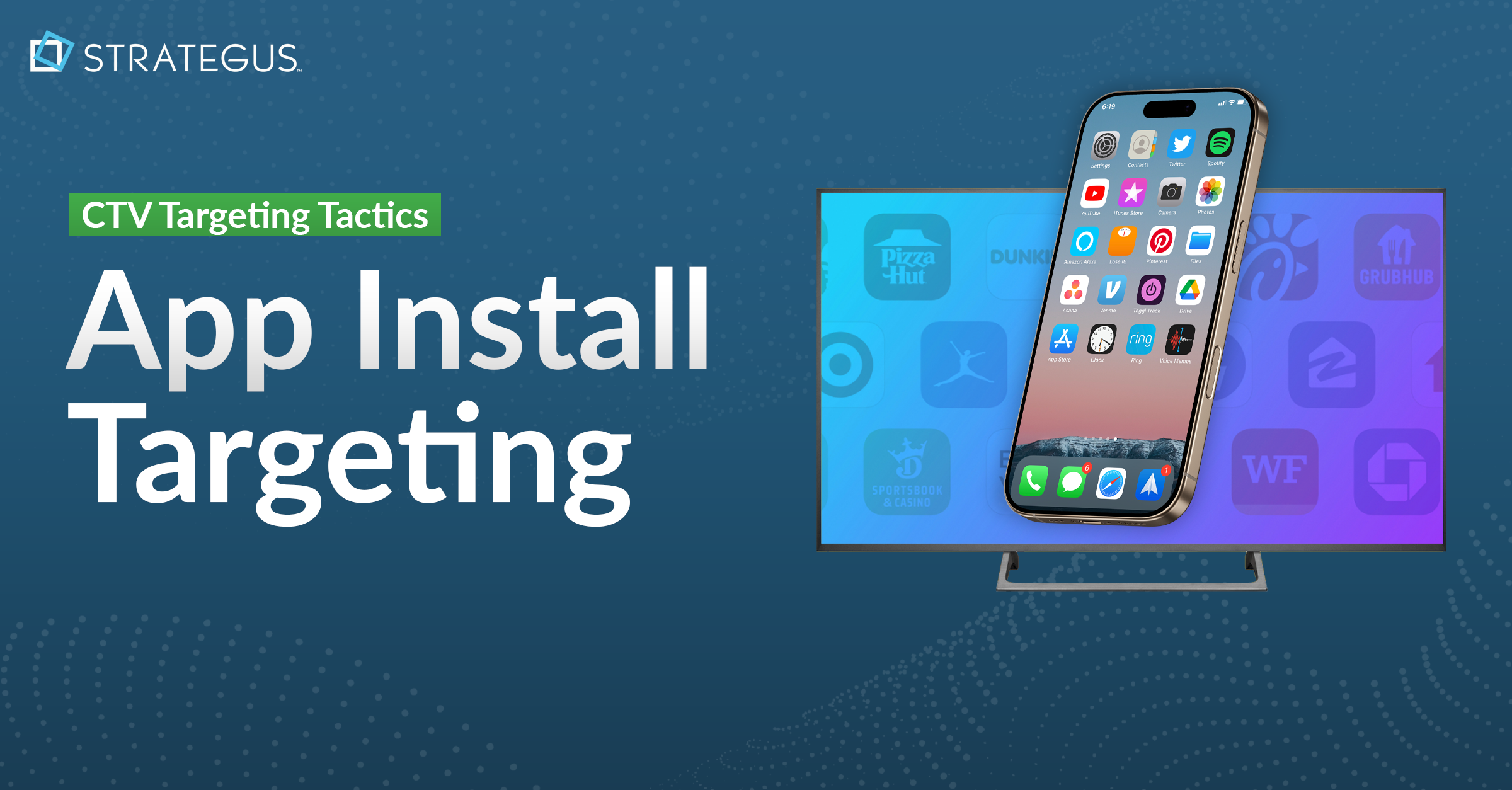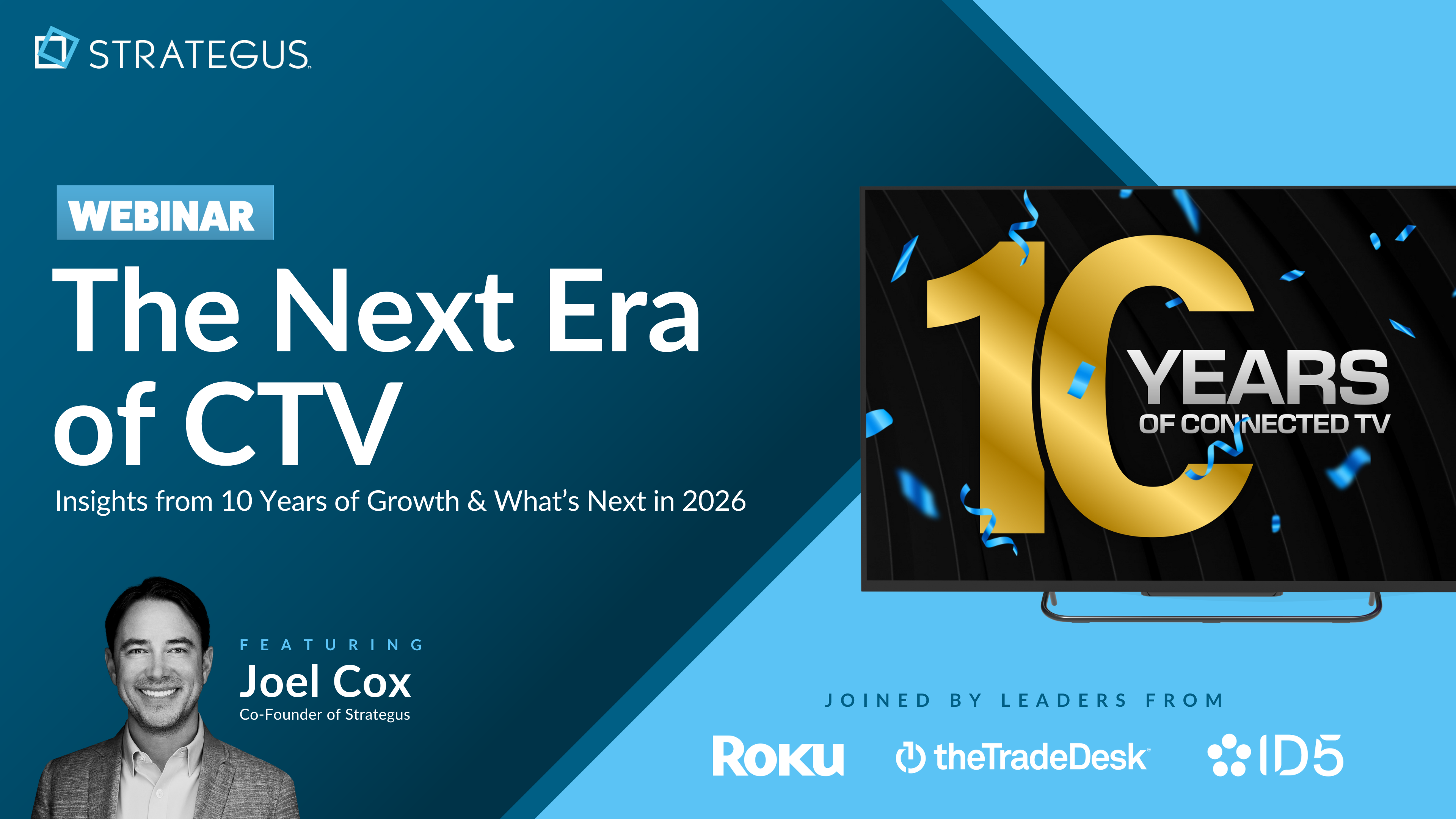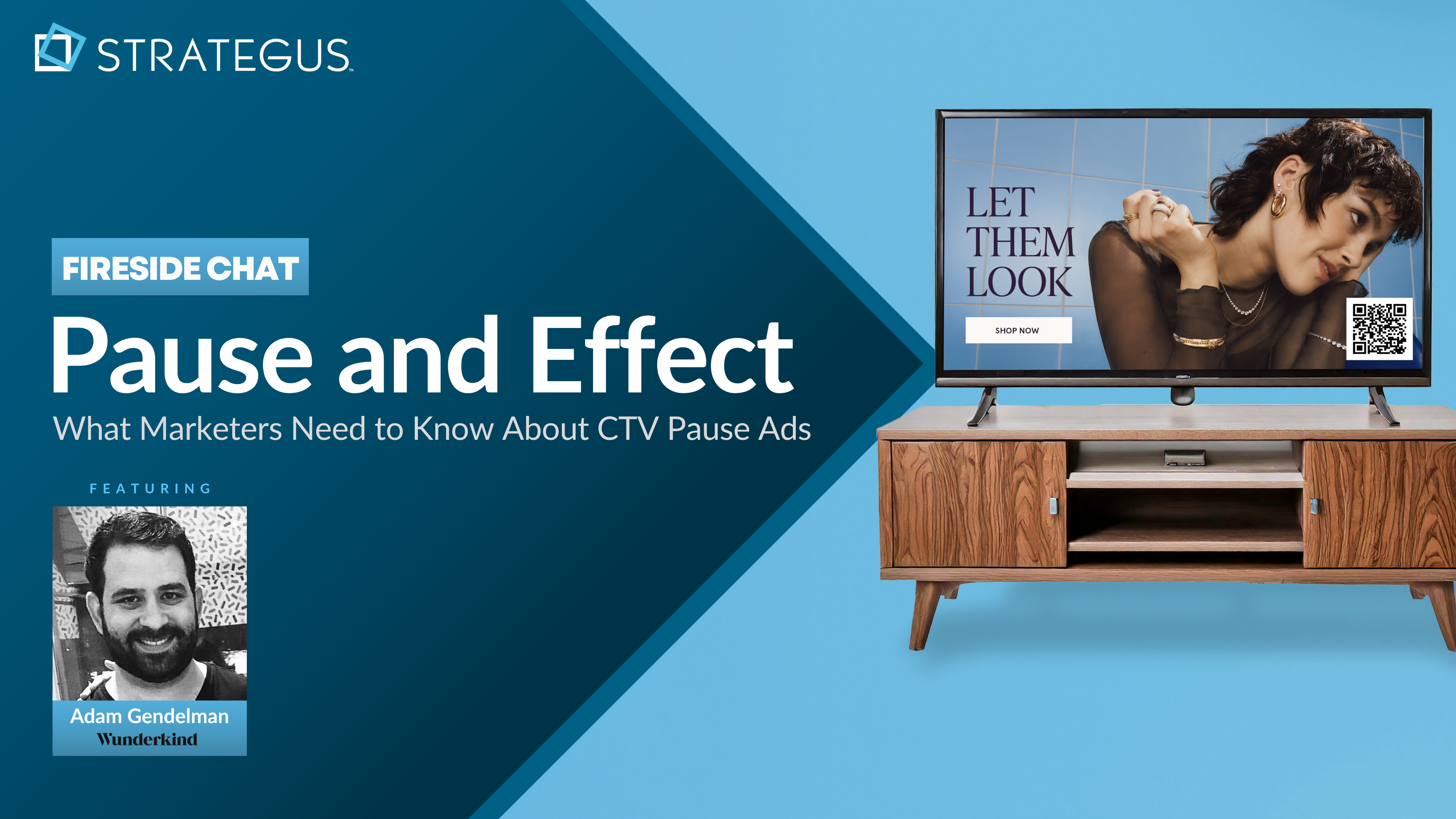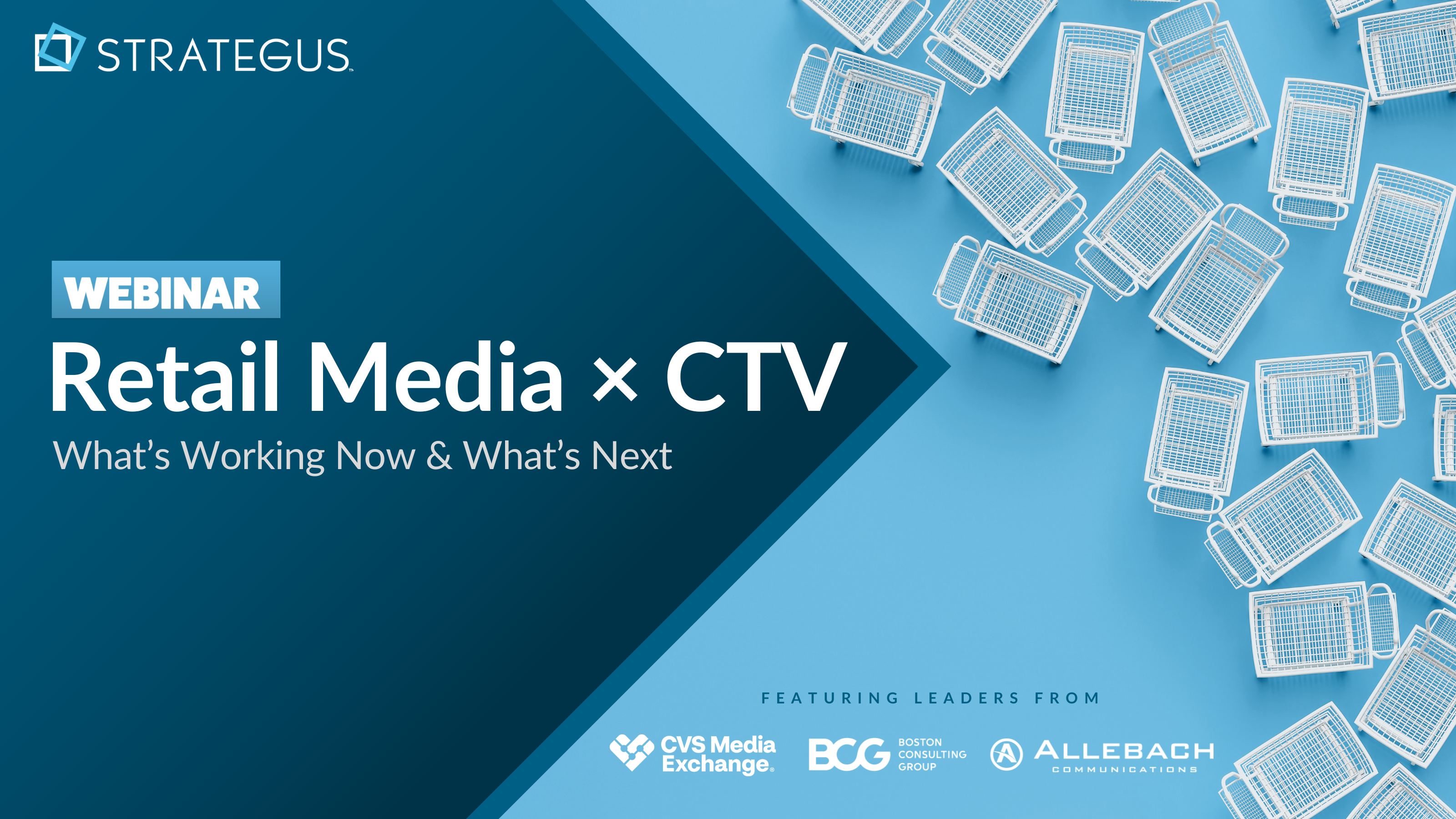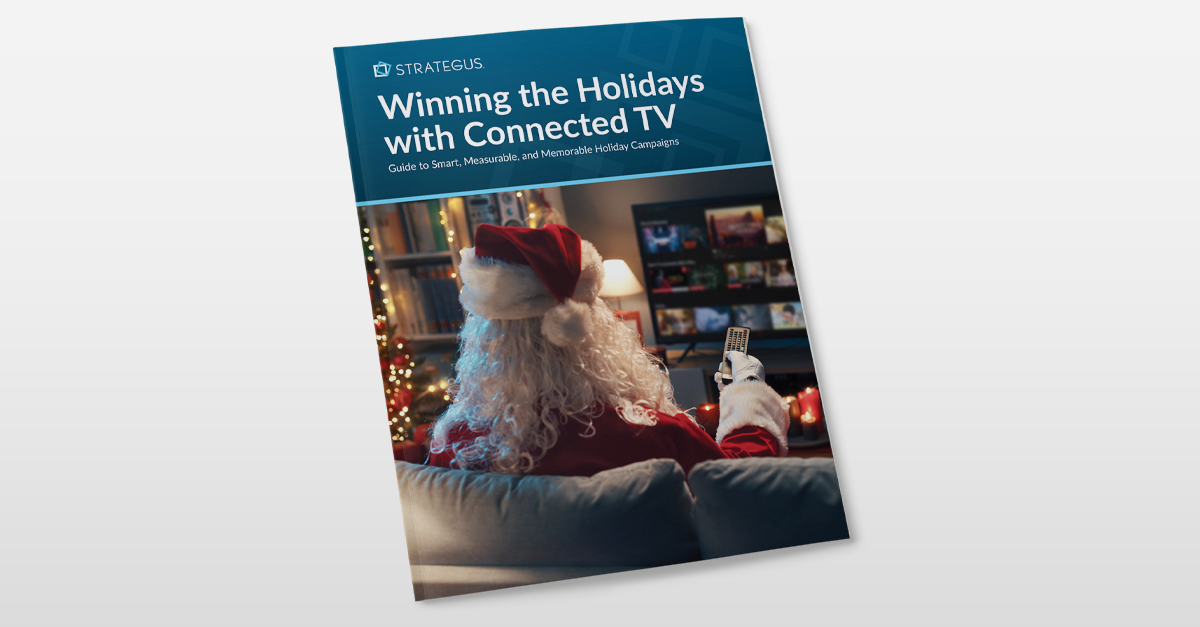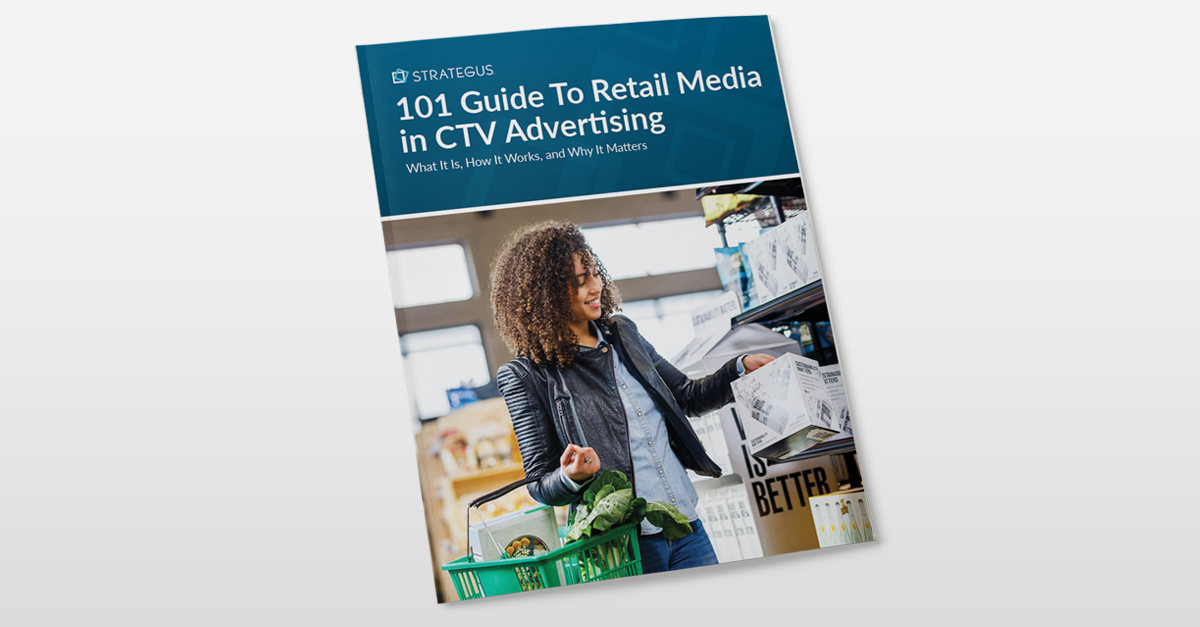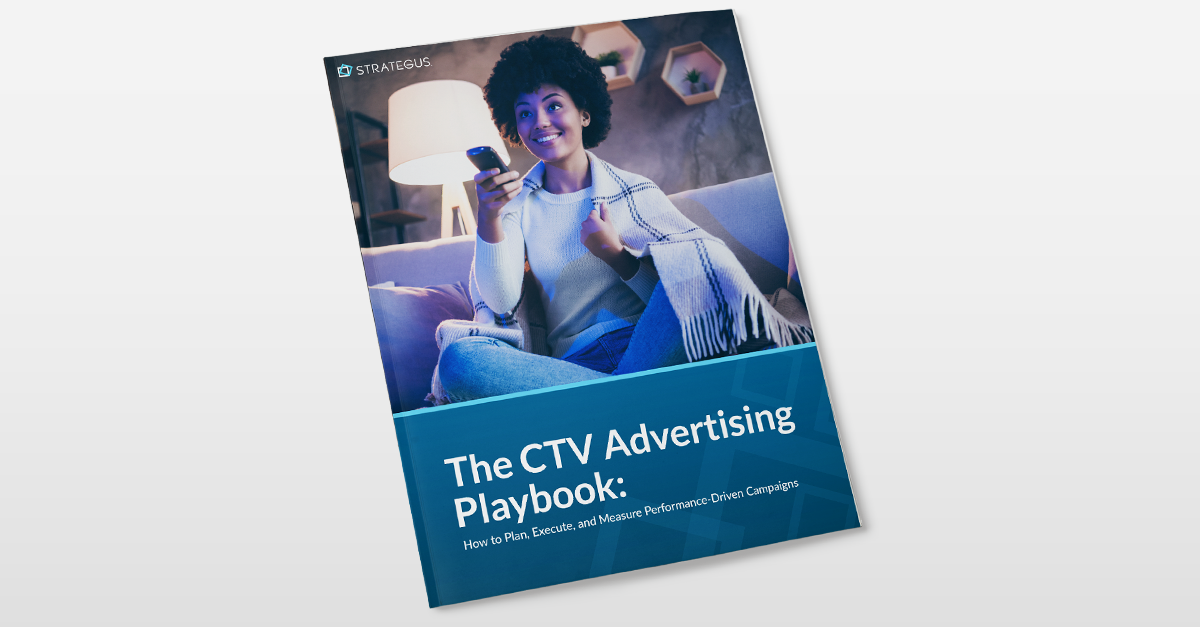2024 CTV Predictions Webinar
 Traci Ruether
Traci Ruether
5 minutes read

Between the actors’ and writers’ strikes, the expansion of ad-supported services, and the adoption of live sports by streaming giants — 2023 was a dynamic year for connected TV (CTV). We recently sat down with experts from Tubi and FreeWheel to discuss where the industry sits and what’s on the horizon for 2024.
Check out the recording below or keep reading for our predictions of what’s next in CTV advertising.
- Improvements to Ad Experience and Measurability
The transition from linear TV to over-the-top (OTT) content is indisputable. Streaming now accounts for almost 40% of all TV usage — with 93% of internet users reachable via CTV.
At the same time, both consumers and streaming services have adopted ad-based models. Deloitte Global predicts that most online video services will be partially or wholly ad-funded by 2030, indicating that the future of TV is ad-supported.
Viewers are on board, and so are content distributors. So what’s going to pave the way to ongoing growth in the industry? According to our panelists, it all comes down to enhancements to the current ecosystem.
“The emphasis needs to be on improving user experience and measurability,” explains our Co-Founder and EVP of Strategy, Joel Cox. “Us marketers need to be thoughtful about the frequency of ads that households receive. And then, most importantly for everybody, we need to ensure that there's meaningful measurement associated with that, such that as soon as Mike buys the running shoes, the data can pass back their identity resolution to say, ‘we don't need to serve Mike in his household running shoe ads anymore.’”
Advancements in targeting, interoperability across the ecosystems, and automation will all contribute to CTV growth. And competition across the industry will fuel this innovation.
- Greater Control and Flexibility
The desire for greater control and flexibility is what lured consumers to internet-connected streaming. Rather than paying for expensive cable bundles, cord-cutters opted for the ability to curate their media and gain on-demand access.
Since Netflix first launched direct-to-consumer streaming in 2007, the industry has transformed at a breakneck pace. AVOD platforms like Hulu brought ads into the picture. And today we have a variety of business models for monetizing CTV with ads.
Examples of this include:
- Free ad-supported streaming TV (FAST): FAST apps like Tubi deliver scheduled programming with commercial breaks to cord-cutters. While this broadcast model feels a lot like cable, it’s completely free to viewers.
- Hybrid video on demand (HVOD): The introduction of ad-supported subscription tiers for a lower monthly rate was a major trend in 2023. As a result, Netflix, Prime, and Disney+ now fall into the HVOD category because they generate revenue through a mix of commercials and subscription plans.
- Virtual multichannel video programming distributors (VMVPD): As the other linear model on this list, vMVPD providers like Sling deliver ad-supported channels for a monthly fee. This looks a lot like FAST, but premium live sports content entices users to pay for a bundle of exclusive channels.
Beyond just giving viewers flexibility in how they consume CTV, the industry is also bringing greater content variety. The introduction of live sports, niche channels, original series, and more will expand the appeal of CTV to viewers. Improvements in discoverability will also enhance the user experience in the years to come.
- Audience-Specific Advertising
The Hollywood strikes were an ongoing topic throughout 2023. So how did this impact advertisers and what should their takeaway be going forward?
Strategus Co-Founder and EVP Joel Cox explains:
“What we know is that Americans didn't watch any less television during the writers' strike. They just found something else. Maybe it was an episode of Baywatch from 25 years ago. Or maybe they downloaded the Hallmark Channel.
The power of connected TV from a user experience and marketer standpoint is that you can be audience-centric in your bidding strategy. That means that when the original content dropped off and potential viewership moved away from particular apps and content ecosystems — we at Strategus didn't have a problem.
When done properly, you can continue to engage with your ideal viewers regardless of what they’re watching. CTV lets the data do the heavy lifting and find the audience.”
In other words, taking a content-agnostic approach to advertising is exactly what’s required to reach the right audience during times of uncertainty. Rather than guessing where your viewers might be, audience-centric bidding looks to the data.
This proved essential in 2023 and will only become more essential as fragmentation continues.
- Walled Gardens vs. Open Internet
The CTV ecosystem runs on data. And getting it right requires free and open access to this data. As cookies go the way of the dodo and first-party data becomes all the more valuable, there’s a growing need for CTV leaders to embrace an open internet approach.
Unfortunately, advertisers are at the whims of walled gardens like Amazon. And proprietary data may continue to put up obstacles in 2024. Will big tech companies break down the walls or build new ones?
Our own EVP Joel Cox predicts the latter:
“This time next year, we're all going to be grappling with how we integrate an Apple DSP that is fundamentally iOS and Apple TV content-centric into our marketing plan. It'll be the walled garden of all walled gardens — the most desirable cohort in the United States.
They've signaled as much. They're already dabbling into an ad market... I can't see a time when Apple doesn't set their eyes on connected television monetization from a DSP standpoint and absolutely rock the industry.”
Conclusion
So given the predictions covered above, what do advertisers need to navigate this complex environment? A vendor-agnostic partner is a great place to start.
At Strategus, we connect our clients with 188+ tech and data partners to ensure hyper-targeting at scale. This means integrating third-party data sources like Oracle, first-party CRM data, Amazon shopper data, and more. From there, we curate a vast library of premium inventory across 843 deal IDs.
But that’s only half the story. We also partner with our customers to take the complexity out of CTV advertising with a consultative approach. In other words, we combine data-driven tech with human-centered strategy and execution.
Find out how Strategus can get the most out of your CTV investment in 2024.

Traci Ruether is a content marketing consultant specializing in video tech. With over a decade of experience leading content strategy, she takes a metrics-driven approach to storytelling that drives traffic to her clients' websites. Follow her on LinkedIn at linkedin.com/in/traci-ruether or learn more at traciruether.com.
Strategus is a managed services connected TV(CTV) advertising agency with over 60,000+ campaigns delivered. Find out how our experts can extend your team and drive the result that matter most.
Talk to an Expert
Seeking a Custom CTV Strategy That Delivers?
What to read next

The Next Era of CTV: Insights From 10 Years of Growth & What's Next in 2026
CTV just turned 10. In that time, it has gone from a niche viewing behavior to the primary way people watch television. Streaming minutes now outpace...
14 minutes read

Pause and Effect: What Marketers Need to Know About CTV Pause Ads
Pause ads are one of the most promising new formats in Connected TV. When viewers hit pause, they’re focused, still, and more likely to notice what’s...
4 minutes read

Retail Media x CTV: What's Working Now & What's Next
Retail media is no longer an early experiment. It’s entering a phase of maturity where the players, strategies, and expectations have all evolved. In...
6 minutes read

Performance TV and the Role of Streaming
For decades, television advertising has focused on one thing: building broad brand awareness. Capturing viewers’ attention has always been the name...
7 minutes read



